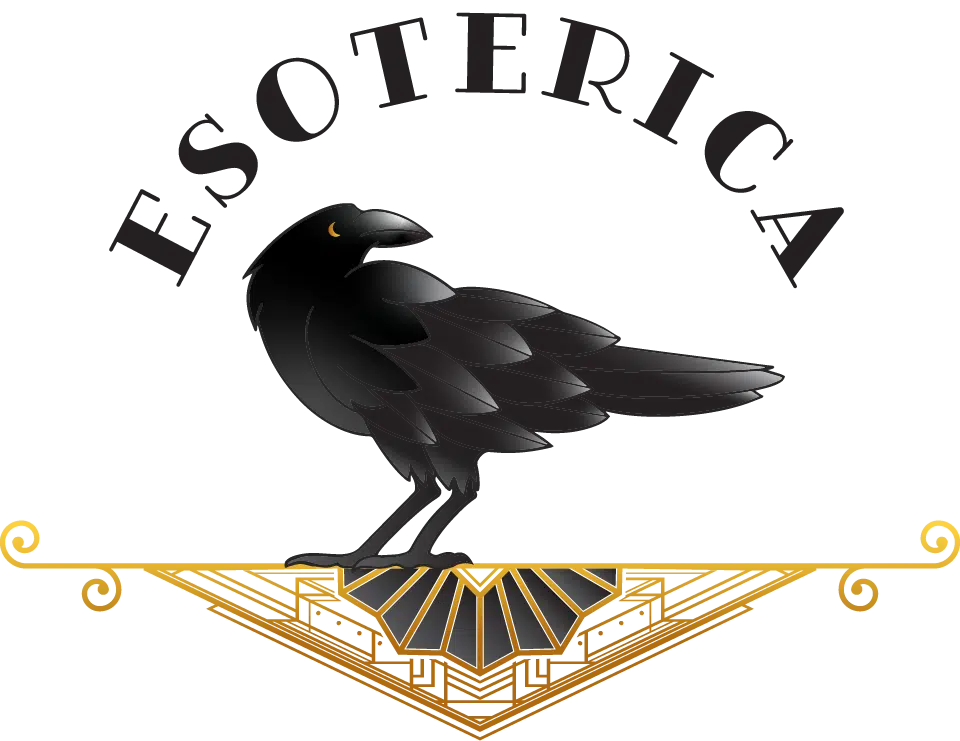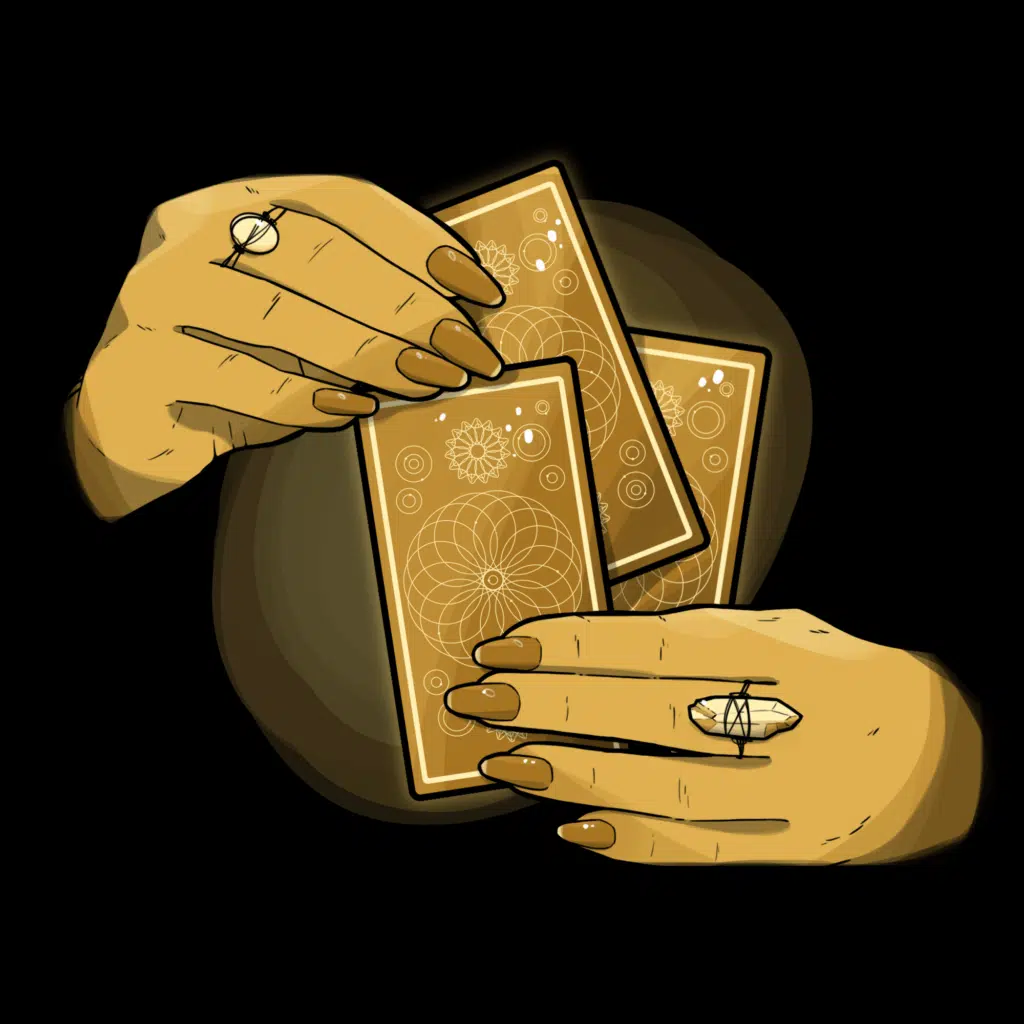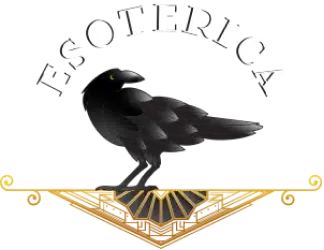By Elizabeth Michaelson Monaghan
Most of us are eager for information that reveals a hidden truth, or a solution to a seemingly intractable problem. Talk therapy is one way to find answers, and more than 40 percent of Americans have sought help from a mental health professional. A less validated (but nonetheless highly intriguing) approach is tarot card readings.
The tarot consists of 78 illustrated cards. Some cards depict symbols, often personified, while others are narrative in design. Most incorporate the suits of cups (emotions), wands (action), swords (thought), or pentacles (material goods). When cards are shuffled, cut, and ordered in a particular way (a spread), tarot readers interpret the cards, providing personal insights—and sometimes predictions—to clients.
Divination tools—including tarot, astrology, and the I Ching, among others—have a long history. Today, belief in the accuracy of fortune-telling, and fortune-tellers, is usually attributed to psychological phenomena like the Barnum effect (the inclination to believe that general statements specifically and accurately refer to us) and the observational and memory skills of cold readers.
However, psychologists and psychotherapists have also explored—and lauded—tarot’s therapeutic possibilities. No less an authority than Carl Jung, the founder of analytical psychology, suggested that tarot cards could help us “understand[ing] the flow of life, possibly even predict[ing] future events.”
“With tarot we begin to think symbolically. In the symbolic realm, things connect; tarot allows us to see those connections.”
Art Rosengarten, PhD, first encountered the tarot as a psychology graduate student in 1977: “I saw tremendous potential in the tarot for psychotherapy, and I kind of got hooked,” he says. A Jungian psychologist, he is the owner and director of Moonlight Counseling, near San Diego, and a staff psychologist at Community Psychiatry in Del Mar, CA. He’s also the author of several books on tarot and psychology, and the creator of Tarot of the Nine Paths deck.
“Tarot is brilliant because it’s a visual tool,” Dr. Rosengarten explains. He shows me the Eight of Swords card, which in the classic Rider-Waite decks show a bound and blindfolded person surrounded by swords poking into muddy ground. “This is a beautiful illustration of cognitive distortion—the person is blinded and bound by their thoughts,” he observes. “The ocean in the background can be seen as a symbol of healing their distorted, negative thoughts, but the [blindfold] doesn’t allow them to realize how close they are to healing.
“I can talk about cognitive distortion with a patient, but I can also say, ‘look at this picture, and think of the “swords” as your thinking.’” The image might help a patient better understand their depression, for instance.
Most of his patients are not aware that Dr. Rosengarten reads tarot cards. But if he has a good therapeutic relationship with the patient, and thinks they’d benefit, he might say, “tarot cards can open up more exploration, if you’re interested.”
And as it turns out, everyone’s interested. “Businessmen, working guys with no particular interest in spirituality—invariably they all come away saying, ‘wow, that was really amazing,’” Dr. Rosengarten notes. Client satisfaction isn’t due to news of impending good fortune: “I don’t do predictive tarot readings unless the cards are so strongly pointing to a future destination that I can’t resist. What the tarot really does is go deeply into the present, and gets you in touch with things that are already here but you’re not aware of. … With tarot we begin to think symbolically. In the symbolic realm, things connect; tarot allows us to see those connections.”
He adds that the question he’s most frequently asked about his readings—“are you accurate?” is the wrong question: “If you’re open and sincere, the reading will be relevant,” he says. “It can’t not be, because we’re dealing with universal archetypes.” (In Jungian psychology, archetypes are “symbols representing aspects of the psyche that derive from the accumulated experience of humankind. These inherited symbols … serve as a frame of reference with which individuals view the world.”)
“Clients come away from a reading saying, ‘I knew that. Yeah, that’s so true.’” He points out that the odds of a client choosing 10 cards (the number in a traditional Celtic cross spread) in an order that, when interpreted, prompts someone to say, “I knew that” are infinitesimal. “But this is synchronicity, and that’s how tarot works.” Synchronicity—another Jungian concept—is “meaningful connection without causation,” as Dr. Rosengarten puts it.
“When we pull cards randomly, face down, we’re pulling into synchronicity,” Dr. Rosengarten explains. When we wonder why we got a particular card, “we have to think about it. We have to rise to meet that card, and what it’s pulled up from our unconscious.
“Tarot is a synchronicity generator. Just the process of sitting down with a question of some importance and randomly selecting these mysterious images tends to stimulate the intuition.”
“It helps to use things that are a little magical and mysterious in psychotherapy.”
“I used to be a more esoteric therapist, now I’m more of a psychological tarot reader,” Ellen Goldberg, MA, tells me.[xi] “I call myself a spiritual social worker.”
Goldberg incorporated tarot, palmistry, and astrology into her New York City practice, Wise Women Psychotherapy, which she retired from in early 2020. Goldberg also has a certificate in Hypnotherapy, and teaches at the New York Open Center. The coauthor of The Art and Science of Hand Reading: Classical Methods for Self-Discovery Through Palmistry (Destiny Books, 2016), her free instructional videos are available on Howcast.
Most of her patients were aware of her interest in the esoteric; in fact, many consulted her because of it. Widespread skepticism of the occult meant that, for a lot of Goldberg’s patients, “it was a big relief to have a therapist who was interested in astrology,” and similar practices.
Goldberg generally examined clients’ palms at their first meeting, and would bring out tarot cards when requested, or she thought it appropriate. “I’d caution them, ‘we’re not going to do fortune telling with this,’” she recalls. Instead, she’d encourage clients to ask, what do you think I need to know about myself right now? As Goldberg points out, “That’s not fortune telling, it’s a reflection.”
She’d use a four-card spread, with the cards laid out and read from right to left. The first card addresses what’s happening consciously, while the second card discusses what’s going on subconsciously, or emotionally, Goldberg tells me. The third card represents the superconscious mind, which she defines as “Your conception of self and its connection to spirit. This card answers the most important and subtle question, which is, who do you think you are?”
Finally, “The fourth card tells us how the previous three cards translate into our experience of life,” she says. “With this spread, we get to understand what’s driving us.”
“Deep inside, everyone knows their truth,” she tells me. “Part of therapy is helping people get to their truth. Cards help. Conversation, asking questions, hypnotism—there are so many ways to help people learn their truth.” She adds, “Life is mysterious and magical, and it helps to use things that are a little mysterious and magical in psychotherapy.”
“I really feel that a good tarot session can cut through six months of therapy.”
Liat Silberman, MA, was first introduced to the tarot as a teenager. She was visiting her grandmother, a rummy player. “I shuffled like a card shark,” Silberman recalls. One of her grandmother’s friends told her, “‘You have an affinity for the cards; you should learn tarot.’ And what teenage girl doesn’t want magic powers?” Silberman laughs.
So Silberman bought a copy of Rachel Pollack’s 1980 classic 78 Degrees of Wisdom: A Tarot Journey to Self-Awareness (Weiser Books), and a deck of tarot cards. She studied independently for years, learning that “the interplay between the cards is as important as the cards themselves. You look at what’s present and what’s absent, and how the cards talk to each other.”
Meanwhile, Silberman became a psychotherapist. She worked in both England and her native Australia before moving to the U.S. with her family in 2002; they returned to Sydney in 2016. She has read tarot cards professionally on a full-time basis since 2003. (Full disclosure: Silberman is my tarot card reader.)
Unlike Goldberg and Dr. Rosengarten, Silberman never incorporated tarot cards into her psychotherapy practice, possibly because her readings are often predictive. That said, “I have done therapy sessions where I’ve thought, ‘I really wish I could pull out the cards!’” she admits. “I’ve always said, and I really feel, that a good tarot session can cut through six months of therapy.”
Silberman doesn’t think her abilities are particularly unusual. She likens her aptitude to musical talent, noting that while some people are gifted musicians and others have tin ears, “most people can carry a tune.” Similarly, “I think most people have some kind of psychic ability. I think I’m intuitive, and I use the cards to amplify that.” More importantly, she believes these abilities can be developed: “You can practice your intuition.”
“I think people are searching for stuff in their lives, generally speaking,” Silberman notes. “Some people find it in church or by being busy, and some people find it in a quiet hour… I 100 percent believe ‘one river, many wells.’ I don’t believe that one well is better, I think one well is more accessible to one person than another. That’s how I feel about psychic things—whatever enriches and nourishes you is a good thing.”


